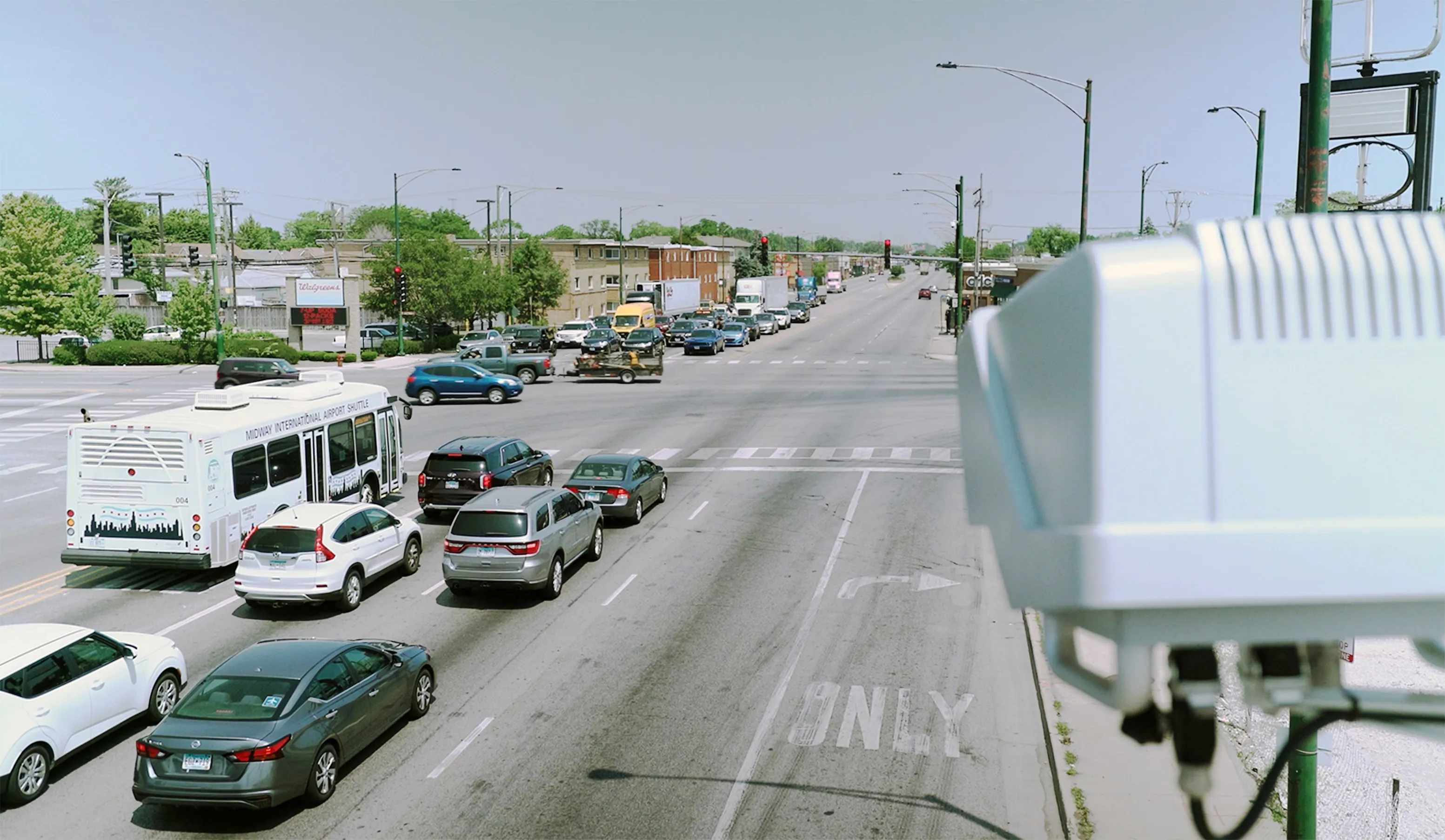Iteris's Greg McKhann makes the case for policymakers to look more seriously at the use of ITS as a means of increasing existing infrastructure capacity
February 2, 2012
Read time: 4 mins

Iteris's Greg McKhann makes the case for policymakers to look more seriously at the use of ITS as a means of increasing existing infrastructure capacity
In the current climate, ITS' cost-effectiveness should be at the forefront of policymakers' minds. By comparison with traditional methods of increasing infrastructure capacity, for which read road-building, it is much more swiftly deployable and environmentally friendly.
The advances which have occurred in video-based detection in recent years are particularly notable. In terms of cost, developments in the consumer electronics sector are a big driver. Naturally, as the volumes of electronic devices produced increase, prices comes down. And as processors become more efficient and memory gets cheaper, cost-effectiveness increases further. Just 10 years ago video detection was merely 'interesting' - a curiosity, and one which didn't work very well. Now, advances in imager, optical filter and lens technology mean it is widely accepted as an effective traffic monitoring and management tool.
Extended capabilities
Increasing detection capabilities are opening the way to a whole raft of new and extended applications. Collision avoidance at intersections is one area that could see major growth. An advantage over inductive loops in this application is video's wide-area monitoring capability: a field of view extending over several hundred feet which can be monitored up to 30 times a second. To monitor the several hundred feet between signals in a city block setting using loops would require them to be deployed in a continuous line. By contrast, virtual loops, which can be deployed in an almost infinite number of ways by a simple mouse-click on the image within a camera's field of view, can monitor vehicles' approach speeds versus signal phase. Phases can be delayed or adjusted where appropriate.Video detection also allows better accommodation of new adaptive signal control algorithms. SCOOT and SCATS have been around for many years and traffic engineers are well aware of their capabilities and how to work with them. Newer algorithms need new detection and classification techniques and the point-and-click capabilities of video make it more able to adapt than other 'single-point' detection technologies.
Another emerging smart application is bicycle detection. In university towns in particular this is gaining interest. However, as the trend towards making fewer short trips using vehicles grows it will become increasingly common elsewhere.
Falling price points are also opening up new opportunities. Video has tended to do well at major intersections which typically require anything between six and 10 loops. However,
VersiCam was specifically designed for sites which require only a handful of detection zones (typically one or two). Differentiated from the company's well-established Vantage Edge2 family of products by its fixed configuration of fewer virtual zones and output channels that reflect the requirements of a less complex application, this more price-sensitive product makes it realistic to use video at, for example, semi-actuated intersections where a minor side street which only needs to be serviced on demand meets a major arterial.
Wireless capabilities are already well established in the video arena and further aid speed of both deployment and redeployment. Connectivity will continue to improve. In the longer term, it will allow video - and other detection solutions - to complement cooperative infrastructure (Vehicle-Infrastructure Integration/IntelliDrive) systems as the more information that can be gleaned from an intersection, the more can be passed to approaching vehicles. Vehicles might know their own positions (via GPS) and speeds/vectors but they will need information on signal states, lane-by-lane occupancy, the presence of pedestrians and so on if we are to improve the health and safety of our roads. Video can do all of this cost-effectively.
Economic crisis
In the short-term, there is an impression of universal challenges. In a lot of areas of spending, governments are currently looking to make cuts. As a result customers, in the form of departments of transportation, states and geographic regions and so on are pulling in different directions - this in despite of sharing many of the same, broader aims and challenges. In the long run, however, infrastructure investment has proven benefits; we need to look at the current economic situation and proposed stimulus packages as more than a one-time hit.The various ITS trade associations are to some degree 'the industry'. They are the mouthpieces. But it is also incumbent upon individual companies and even individuals themselves to spread the word. It is up to the practitioners to turn their hands to educating. It is also up to the media to keep challenging and be vocal because at present the message is not getting across as well as it might. Although the beginning of this article has concentrated on the advantages of video-based systems, the reality is that through ITS collectively the modern transport engineer has an impressive array of sensor options at his or her disposal and there is a real need to convey ITS's true worth and potential to key decision-makers.









